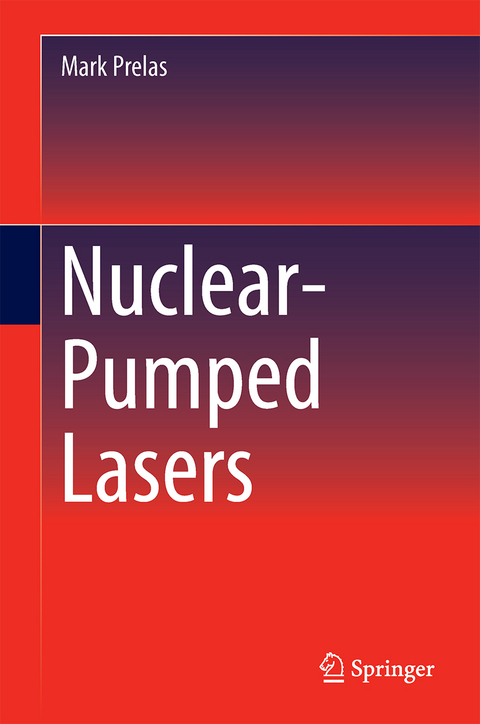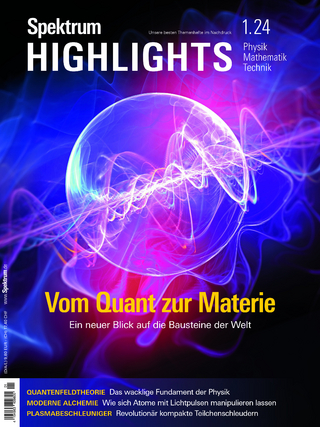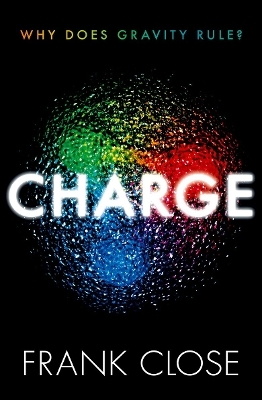
Nuclear-Pumped Lasers
Springer International Publishing (Verlag)
978-3-319-19844-6 (ISBN)
Early chapters look at the fundamental properties of lasers, nuclear-pumping and nuclear reactions that may be used as drivers for nuclear-pumped lasers. The book goes on to explore the efficient transport of energy from the ionizing radiation to the laser medium and then the operational characteristics of existing nuclear-pumped lasers. Models based on Mathematica, explanations and a tutorial all assist the reader's understanding of this technology.
Later chapters consider the integration of the various systems involved in NPLs and the ways in which they can be used, including beyond the military agenda. As readers will discover, there are significant humanitarian applications for high energy/power lasers, such as deflecting asteroids, space propulsion, power transmission and mining.
This book will appeal to graduate students and scholars across diverse disciplines, including nuclear engineering, laser physics, quantum electronics, gaseous electronics, optics, photonics, space systems engineering, materials, thermodynamics, chemistry and physics.
Mark A. Prelas is a professor in the Electrical and Computer Engineering Department at the University of Missouri. Prelas received his doctorate from the University of Illinois. He has received numerous awards and recognition including being named a Presidential Young Investigator by the National Science Foundation in 1984, was a Gas Research Institute Fellow in 1981 working on the production of fuels from inorganic resources, was a Fulbright Fellow at the University of New South Wales in 1992, was named a fellow of the American Nuclear Society in 1999, was a William C. Foster Fellow with the U.S. Department of State in 1999-2000 where he served as a science adviser for the Bureau of Arms Control, and he received the Glenn Murphy Award from the American Society for Engineering Education in 2009 for his contributions to nuclear engineering education and research. He has also served as the senior scientist on a Strategic Defense Initiative project at the Idaho National Laboratory in 1987. In 2008 he was awarded the Frederick Joliot-Curie Medal from the Government of Russia and the Board of ISJAEE for his contributions to the field of direct energy conversion and his pioneering work on the development of photovoltaic cells from wide band-gap materials.
1 Introduction to Nuclear-Pumped Lasers.- 2 Radiation Interaction With Matter.- 3 Direct Energy Conversion Principles as Applied to Lasers.- 4 Nuclear-Pumped Lasers.- 5 Reactor and Laser Coupling.- 6 Applications.- Appendix 1: Neutron Cross Sections from Neutron Resonance Parameters and Thermal Cross Sections.- Appendix 2: Plasma Basics.- Appendix 3: Maxwell Boltzmann Distribution Function.- Appendix 4: Thermal Neutron Cross Sections for Some Elements and Compounds (from Reactor Physics Constants ANL 5800 1963 for 2200 m/s Neutron Speed.
| Erscheint lt. Verlag | 28.11.2015 |
|---|---|
| Zusatzinfo | XIV, 417 p. |
| Verlagsort | Cham |
| Sprache | englisch |
| Maße | 155 x 235 mm |
| Gewicht | 745 g |
| Themenwelt | Naturwissenschaften ► Physik / Astronomie ► Hochenergiephysik / Teilchenphysik |
| Technik ► Elektrotechnik / Energietechnik | |
| Schlagworte | Coupled Nuclear Reactor and Laser Design • direct energy conversion • Gaseous Electronics • High Power and High Energy Laser • Nuclear Engineering • Nuclear-Pumped Laser • Optics • Photonics • Quantum Electronics |
| ISBN-10 | 3-319-19844-0 / 3319198440 |
| ISBN-13 | 978-3-319-19844-6 / 9783319198446 |
| Zustand | Neuware |
| Haben Sie eine Frage zum Produkt? |
aus dem Bereich


